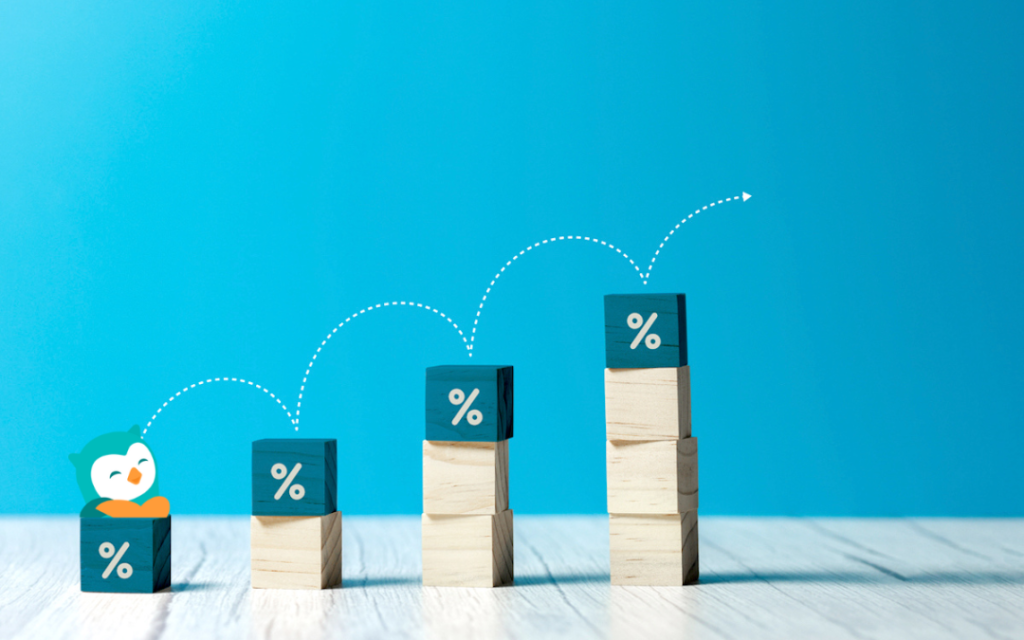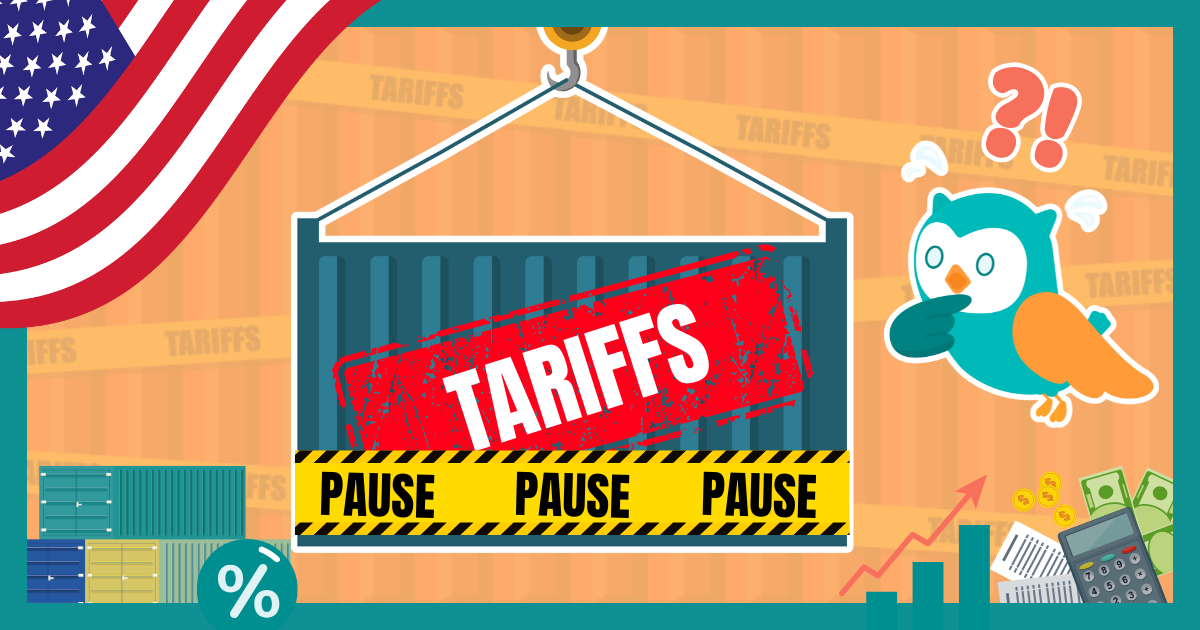Note: It was announced in November 2023 that MoneyOwl will be acquired by Temasek Trust to serve communities under a re-purposed model, and will move away from direct sale of financial products. The article is retained with original information relevant as at the date of the article only, and any mention of products or promotions is retained for reference purposes only.
______________
Rising inflation does not mean you need to give up on investing and growing your money. Here’s why.
If you’ve been following our weekly market insights, you would know that recent market movements and talk about inflation have caused anxiety for investors. However, as our Investment team has shared time and again, the key to reliable returns over the long term is to stay invested in a globally diversified portfolio.
At MoneyOwl, we offer several investment solutions to help investors grow their wealth safely and sustainably. One such solution is our CPF Investment Portfolio, which is a blend of LionGlobal Infinity Global Stock Index Fund (Equities) and UOBAM United SGD Fund (Bonds).
In this article, Joyce Tan, Head of Fixed Income Asia & Singapore at UOB Asset Management shares tips on how investors can navigate the current inflationary environment.
What are some of the common worries faced by investors in an inflationary environment?
Inflation essentially erodes a person’s purchasing power and the actual value of an investment over time. As such, investors need to re-calculate how much return is required to reach their investment goals.
Also, markets can react badly to the threat of inflation. In particular, equity investors are concerned that central banks will need to over-tighten monetary policies to counter inflation. This can cause economic growth to falter, leading to events such as a recession and high unemployment.
On the other hand, bond investors are less concerned about an economic slowdown. Under recessionary conditions, bonds tend to do well because more investors gravitate towards this asset class given its more defensive nature and to secure steady income during volatile periods. However, a fast-rising inflation and interest rate environment is a concern as the bond’s coupon payments become less attractive than cash and other newly-issued bonds.
What are some ways to curb these fears/worries?
The good news about supply-driven inflation is that it is less structural and, therefore more addressable. The Fed was proved incorrect in calling this inflation “transitory”, but they are probably not wrong that it will not likely persist over the very long term.
If supply can normalise by 2023, then a lot of the current inflation problems can be expected to dissipate. So our base case for the next quarter is for caution, and investors may consider investing now with a view to longer-term returns but will have to ride out the current volatility.
Investors can also consider real estate investment trusts (REITs). These are considered inflation hedges because they tend to be less affected by, or can even benefit from, a high-interest rate environment.
During a market downturn, investors tend to move their money from equities to other types of investment instruments such as cash management accounts, bonds, or commodities. What are your thoughts on this – is this a good approach to take?
What is important is that investors are achieving actual returns – that is, their investment returns have the potential to exceed the prevailing and expected inflation rate to ensure that their spending power is preserved. For this reason, although investors may want to hold more cash, it is not advisable to be out of the markets altogether.
We are optimistic that any future slowdown will not have to be overly painful. The current period is likely one in which a rapid recovery can be achieved when inflation is reduced because structural factors such as employment and consumer demand remains strong.
We think it is essential to balance the view of near-term market volatility with positioning for a recovery over the longer term. For investors with a longer-term outlook, we do think opportunities are forming. Equity valuations are looking more reasonable, and bond yields are much more attractive as compared to what we have seen in a long time. We recommend that investors with a longer time horizon stay invested and those who have exited the markets to re-enter gradually over time.
How can investors continue to grow their money in an inflationary environment?
While our view is cautious the the moment, we believe that having fixed income in your portfolio can be beneficial going ahead as bond yields are much higher than they were a year ago. As of June, 10-year US Treasury bond yields reached about 3.25 percent, and the average investment grade credit spread is 1.6 percent. Thus, the average yield for most bond funds is approaching 5 percent. At this level of yield, further increases in interest rates will not have the same effect as in recent months. Therefore, fixed income funds can generate positive returns over the next year even if rates rise further.
Furthermore, if and when economic growth slows, slowing inflation will ease the pressure on bond yields. A more significant growth slowdown in the coming year could lead to falling bond yields and provide some upside on returns.
About the contributor:
UOB Asset Management (UOBAM) offers individual and institutional investors in Asia a comprehensive suite of products, from unit trusts and exchange-traded funds to customised portfolio management services across asset classes and geographies.
Disclaimer:
All the content are solely the author’s and may not reflect the opinions and beliefs of MoneyOwl Pte Ltd.




